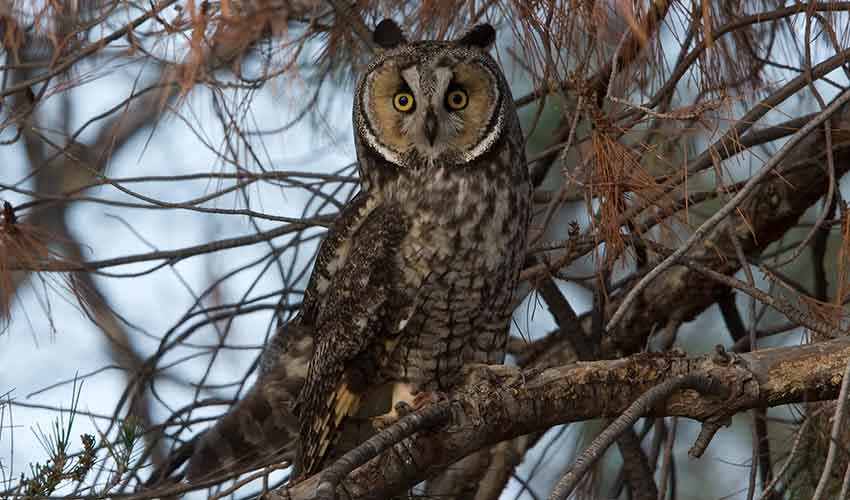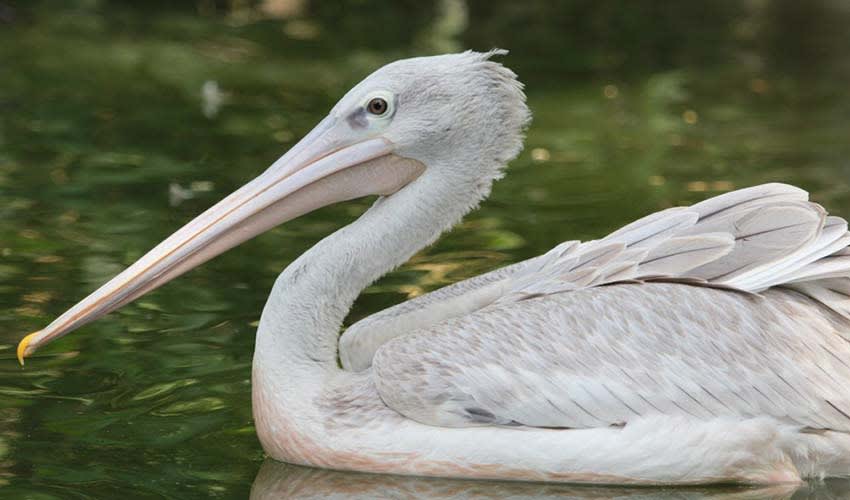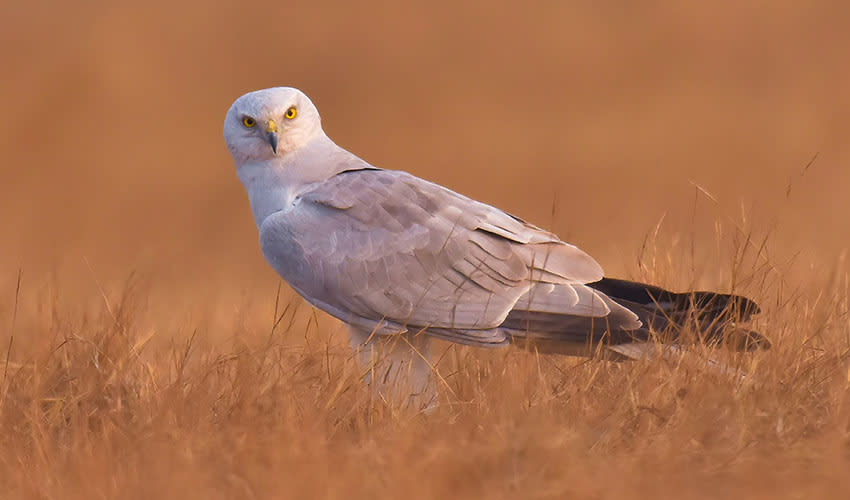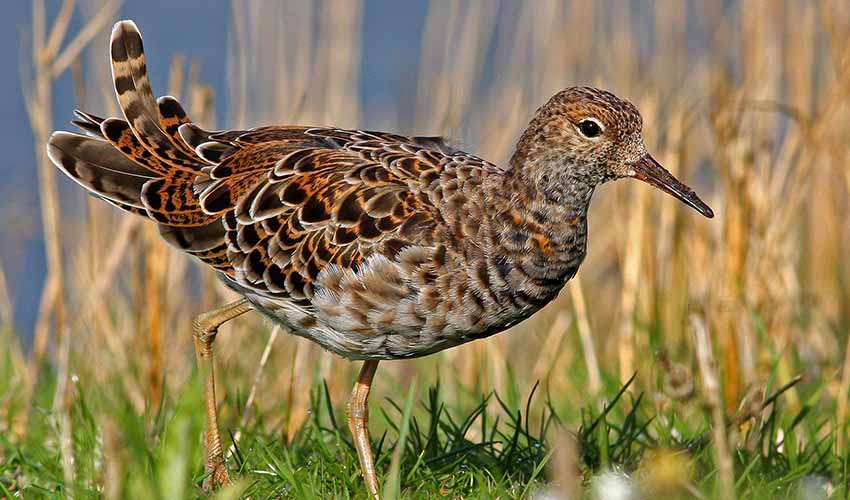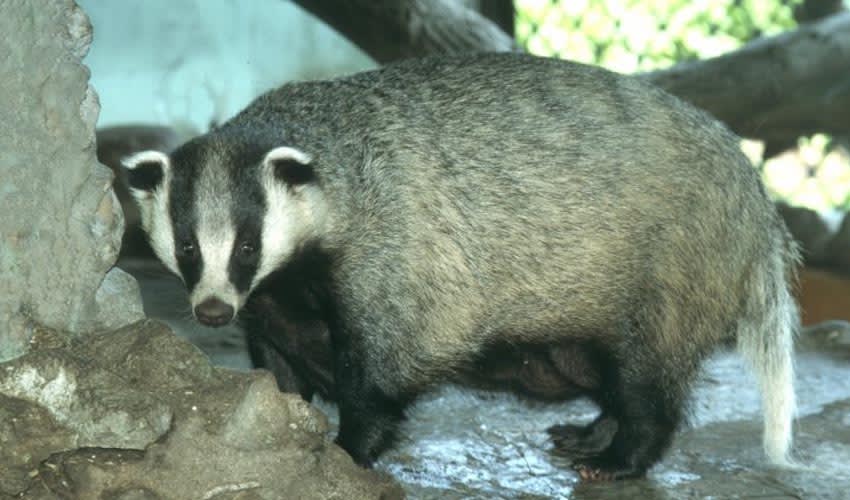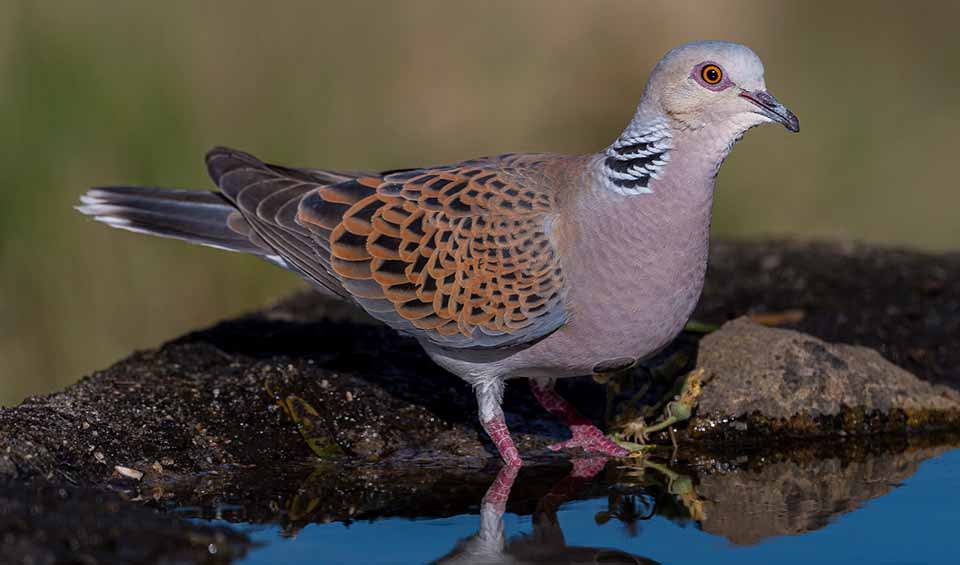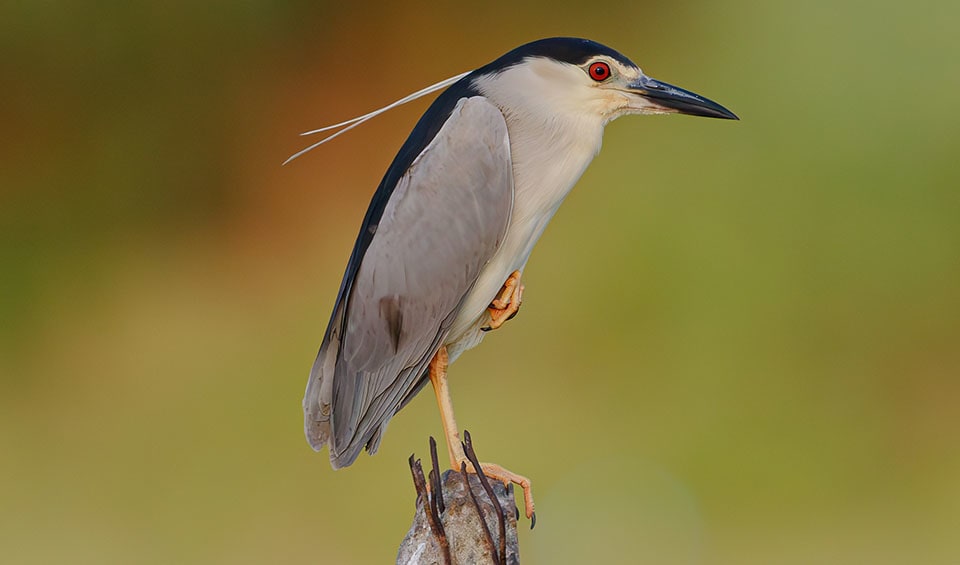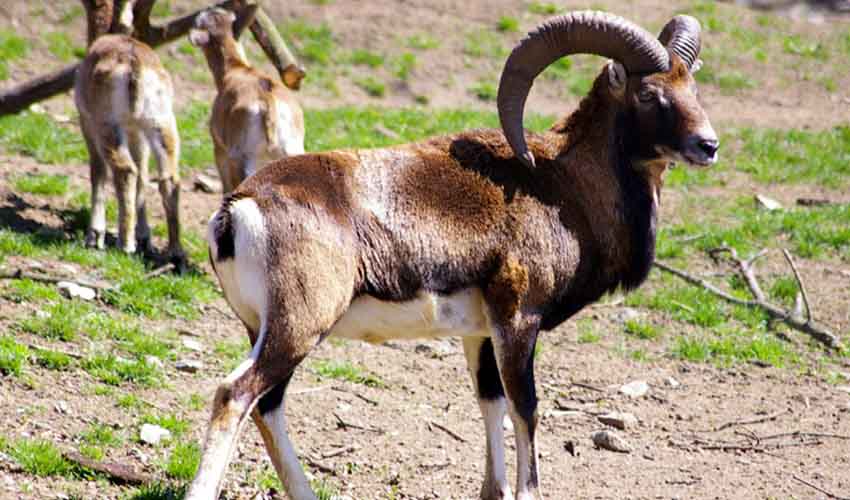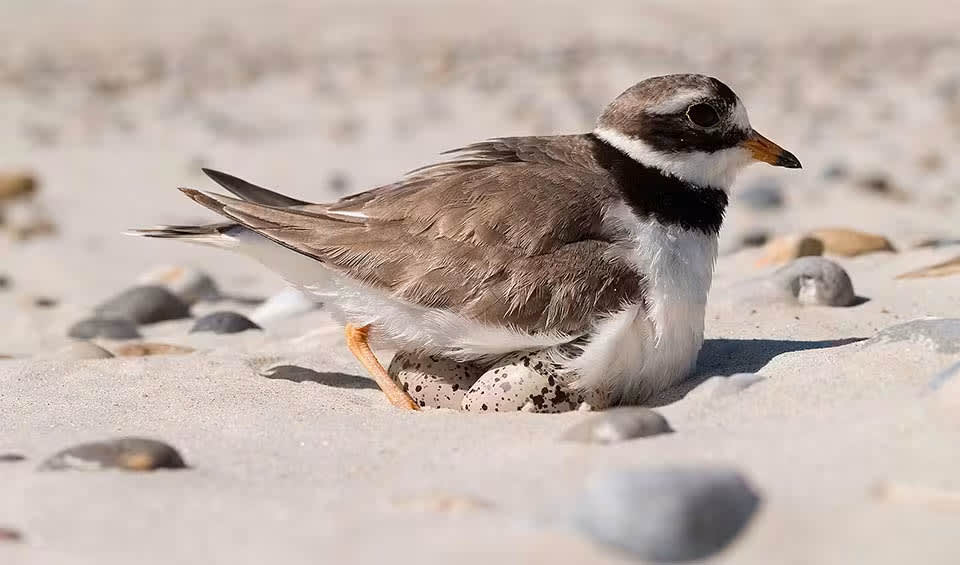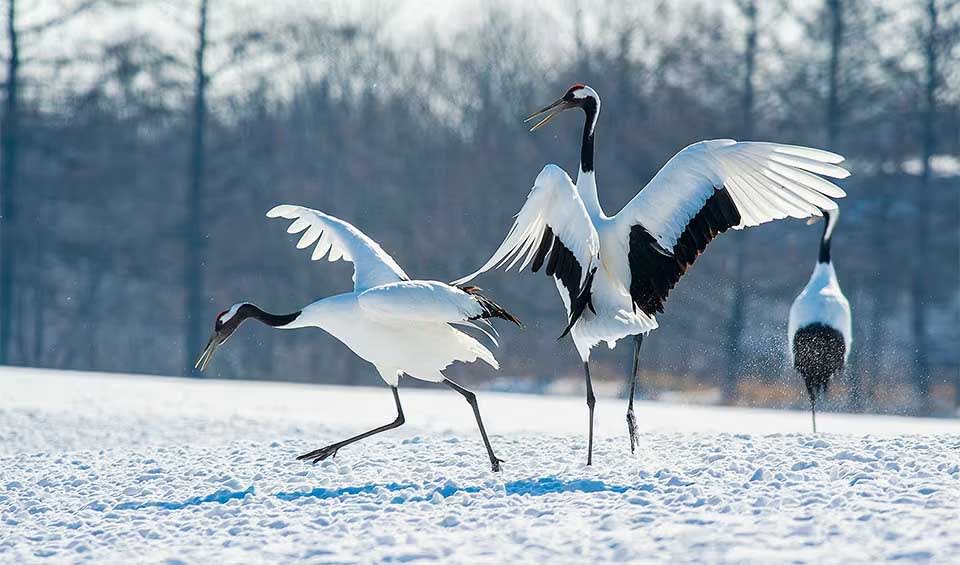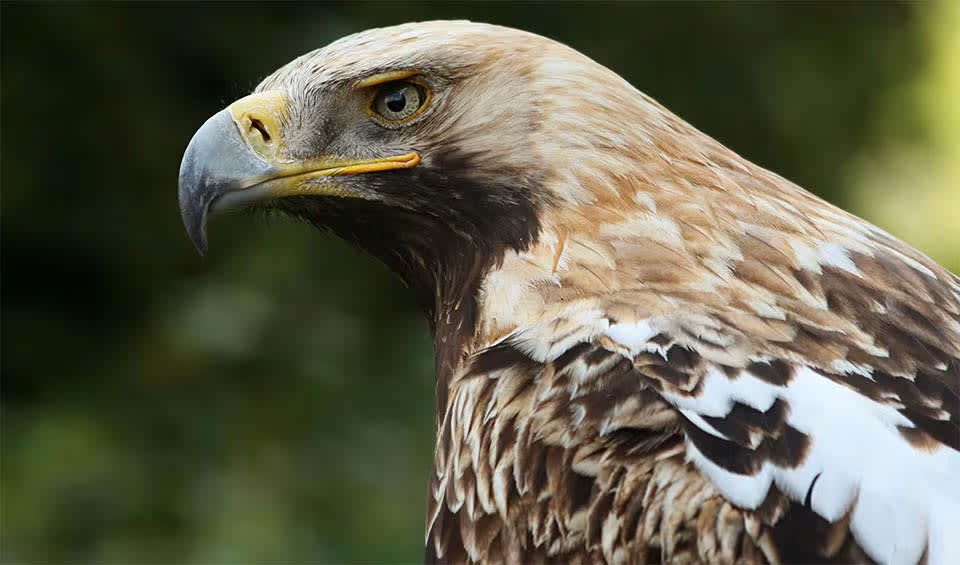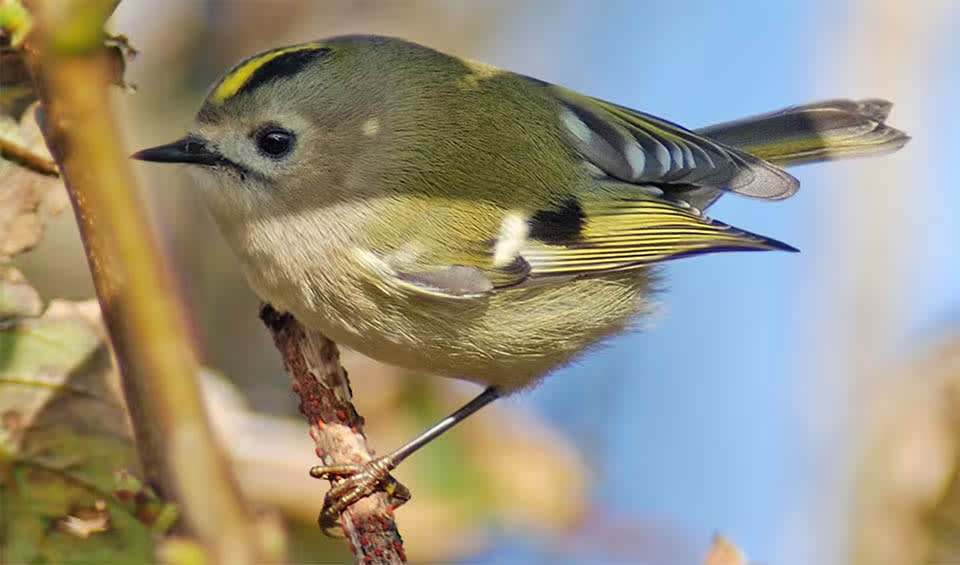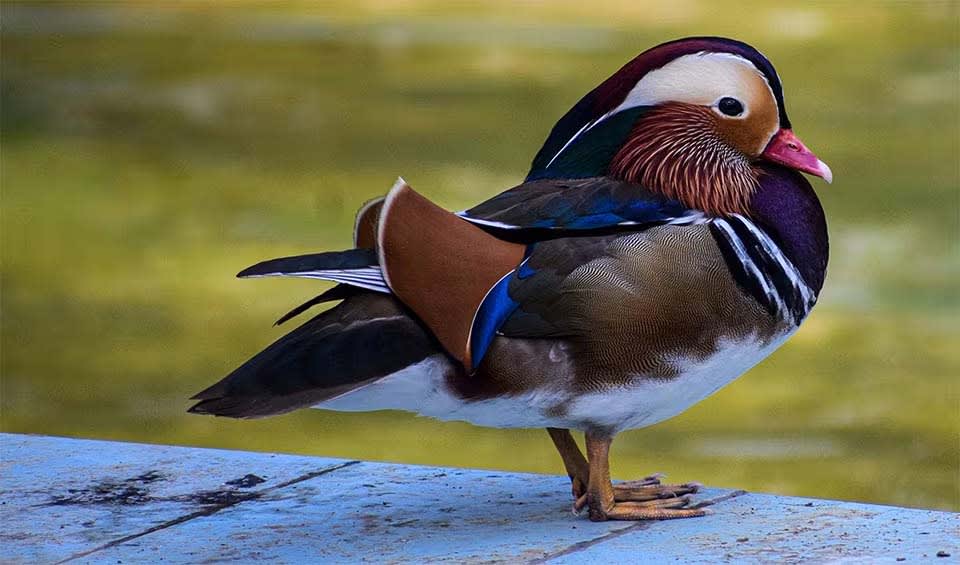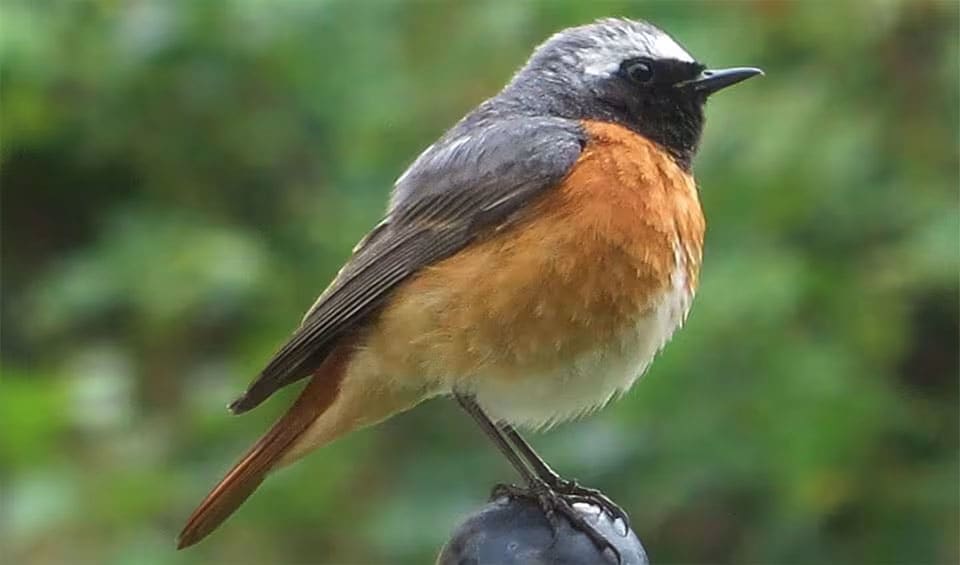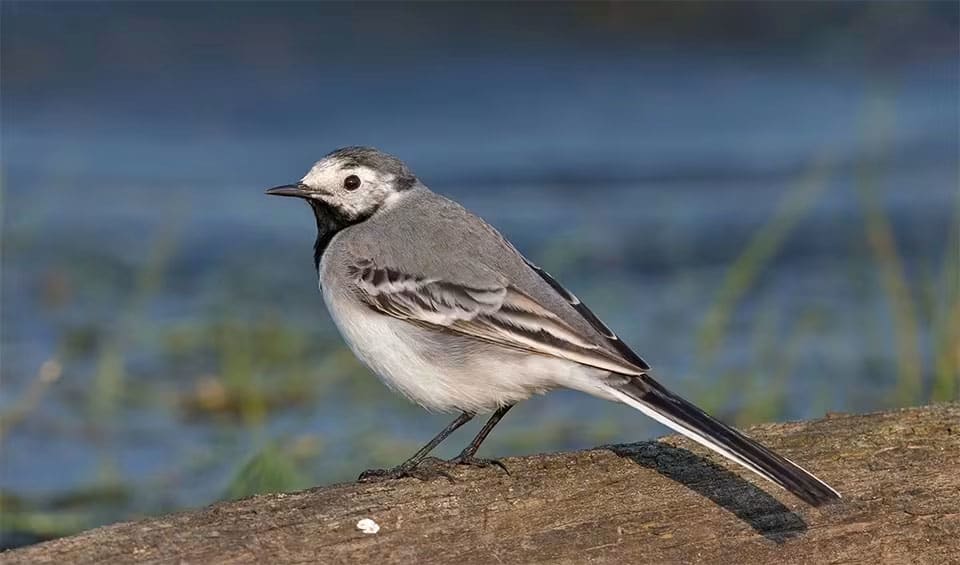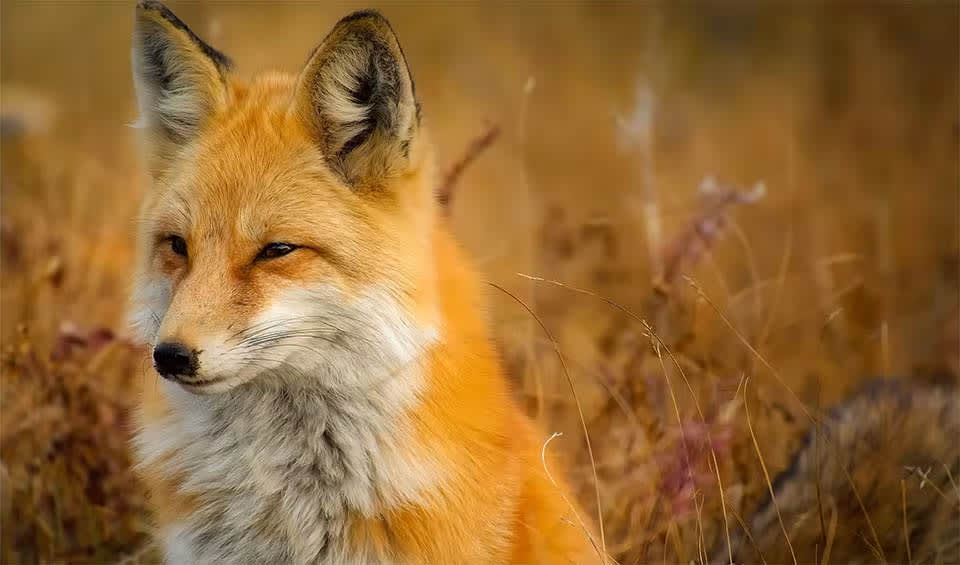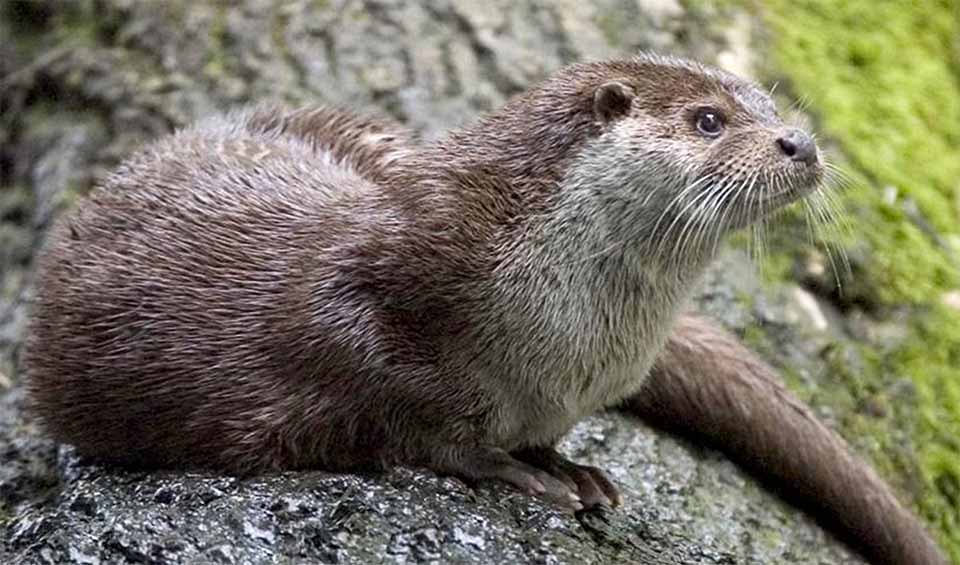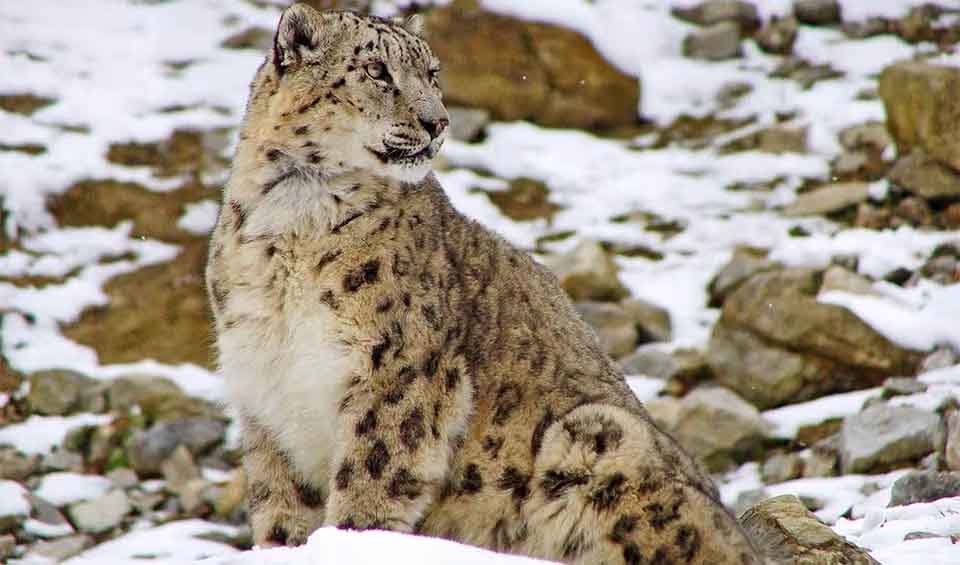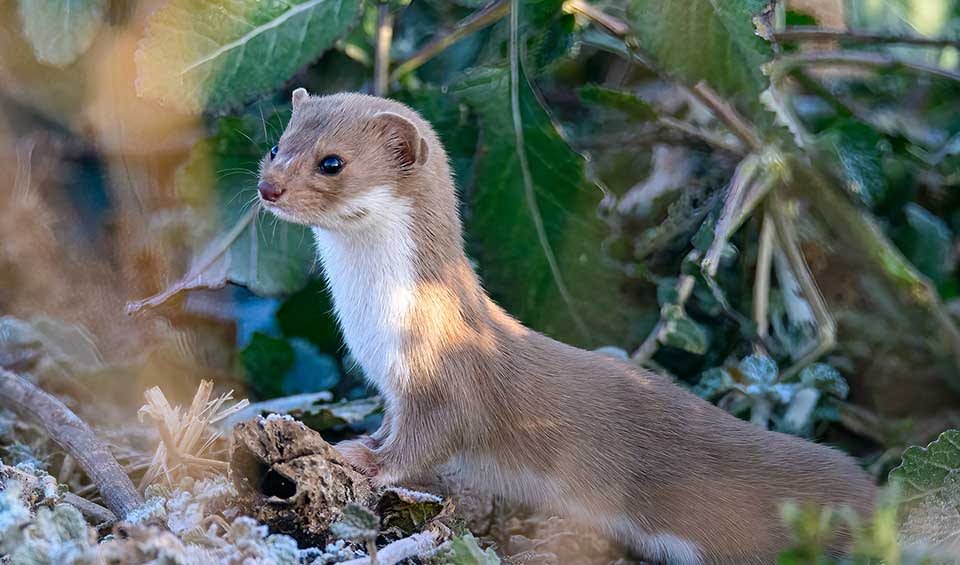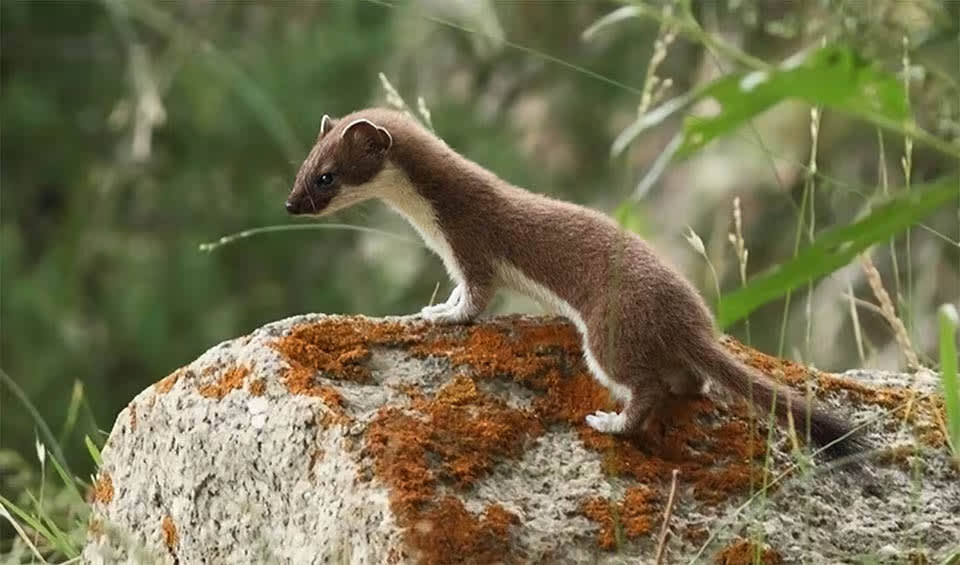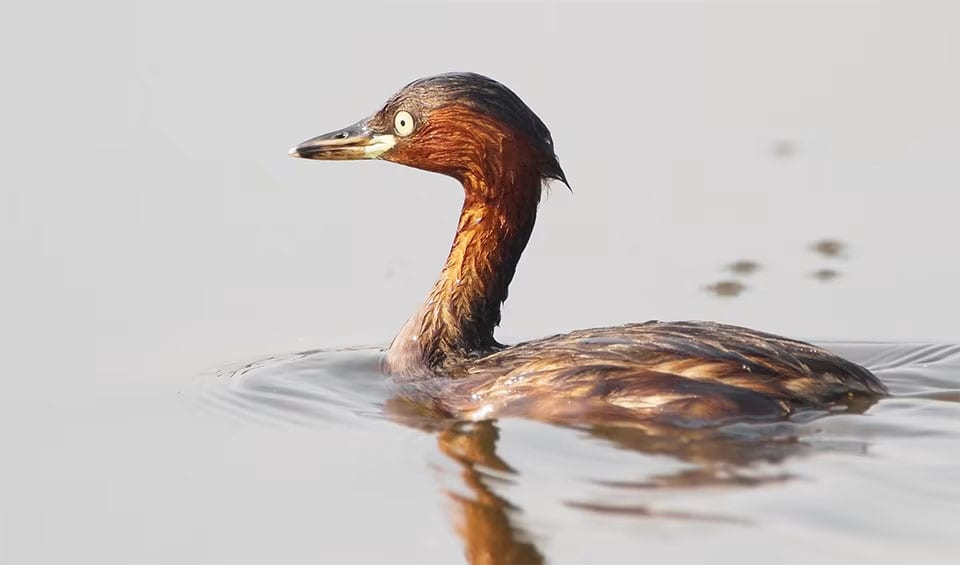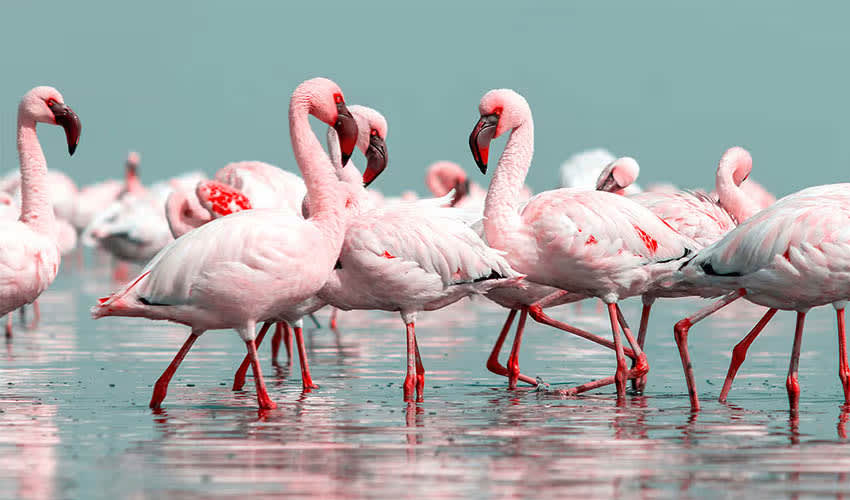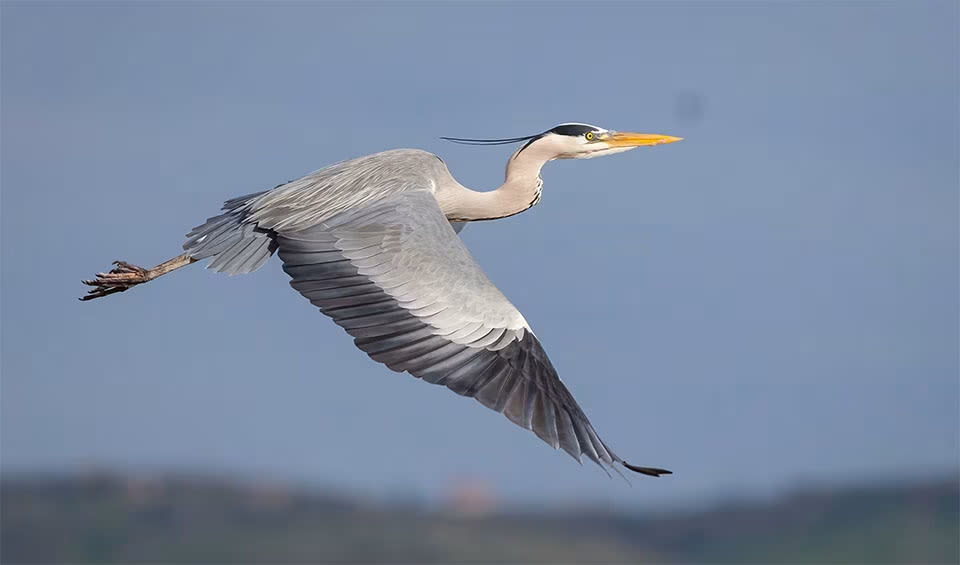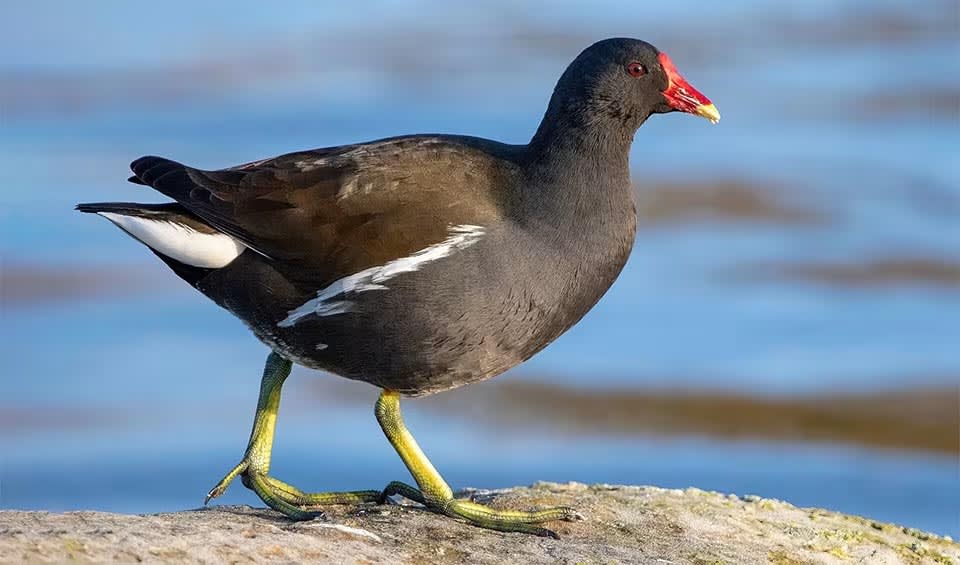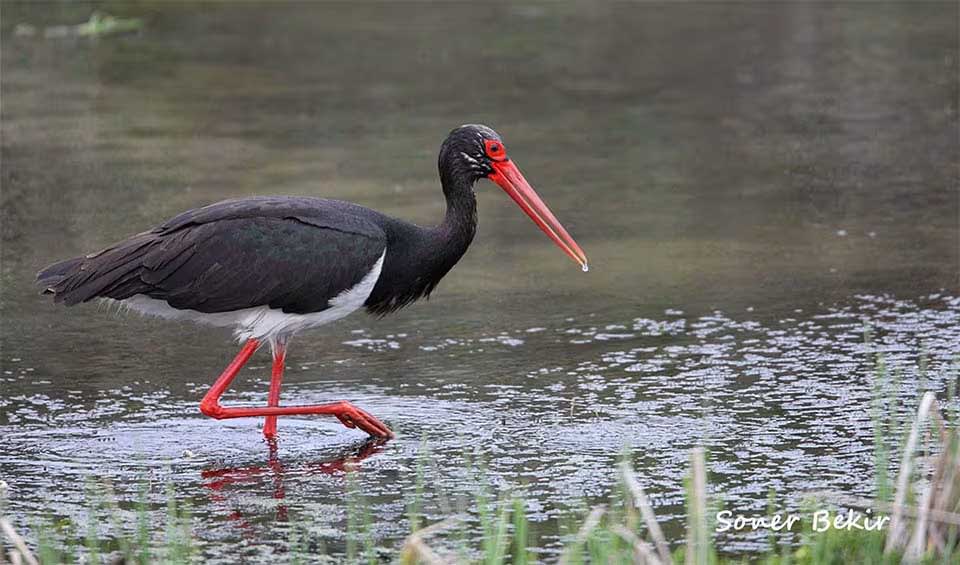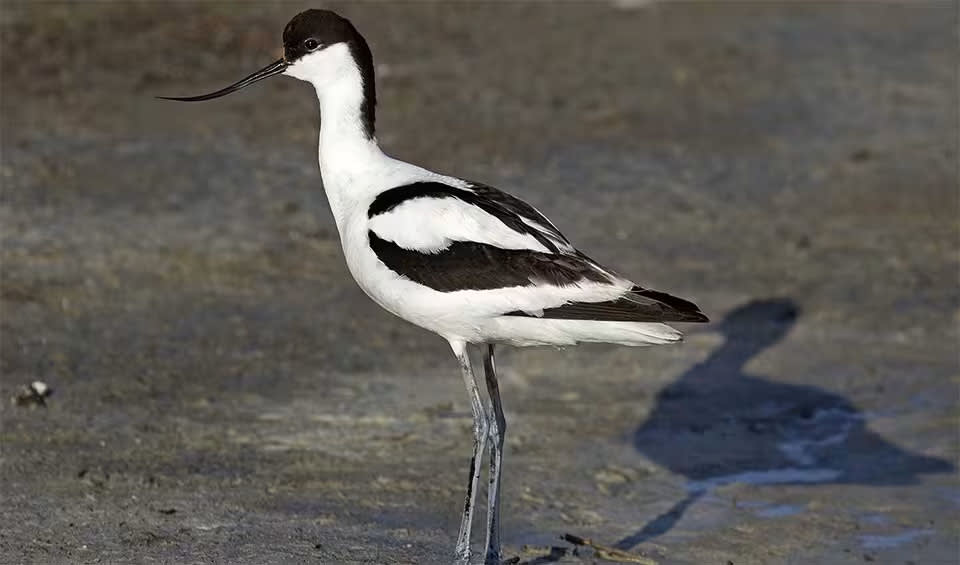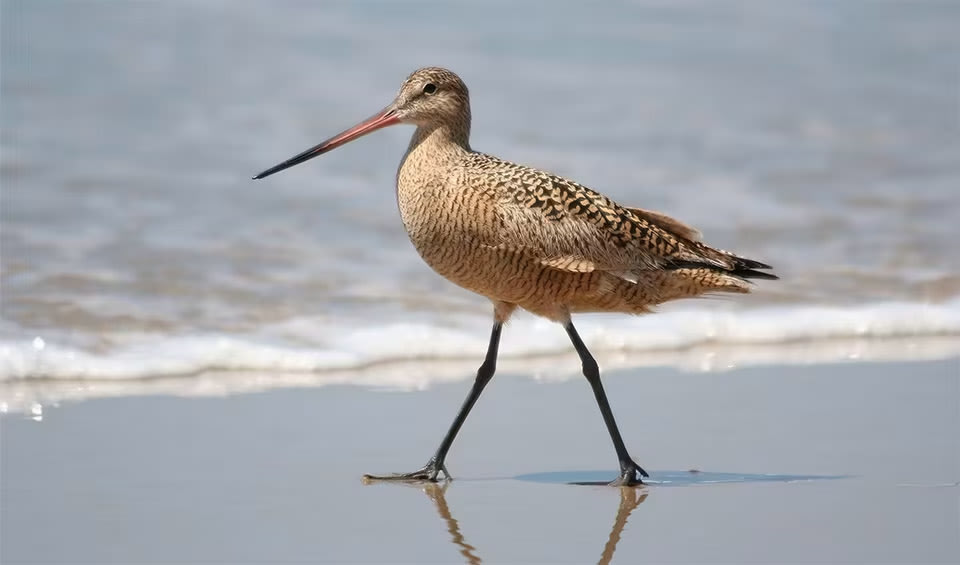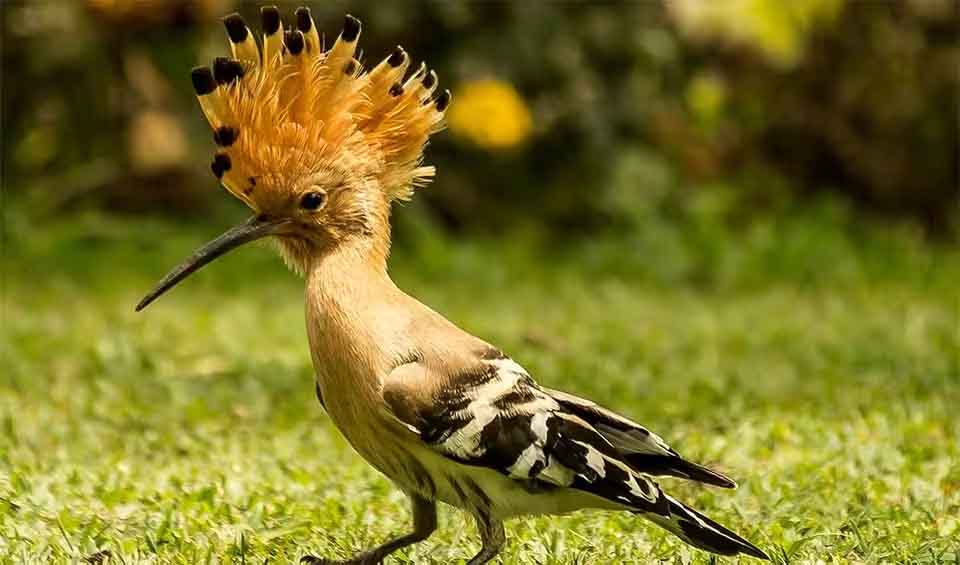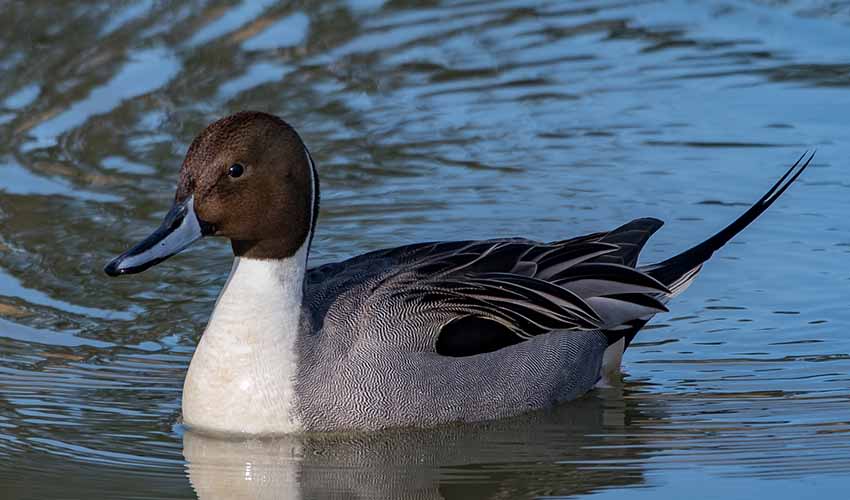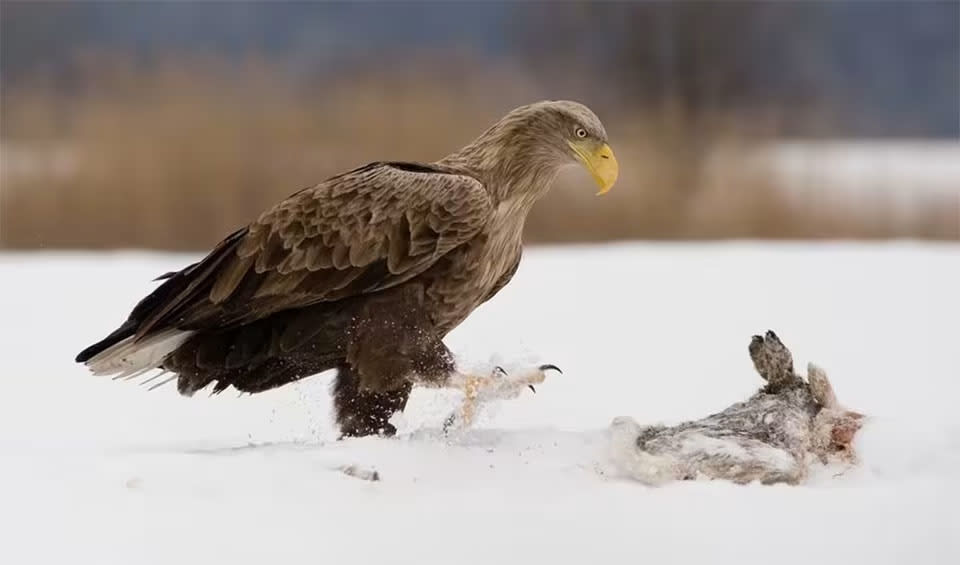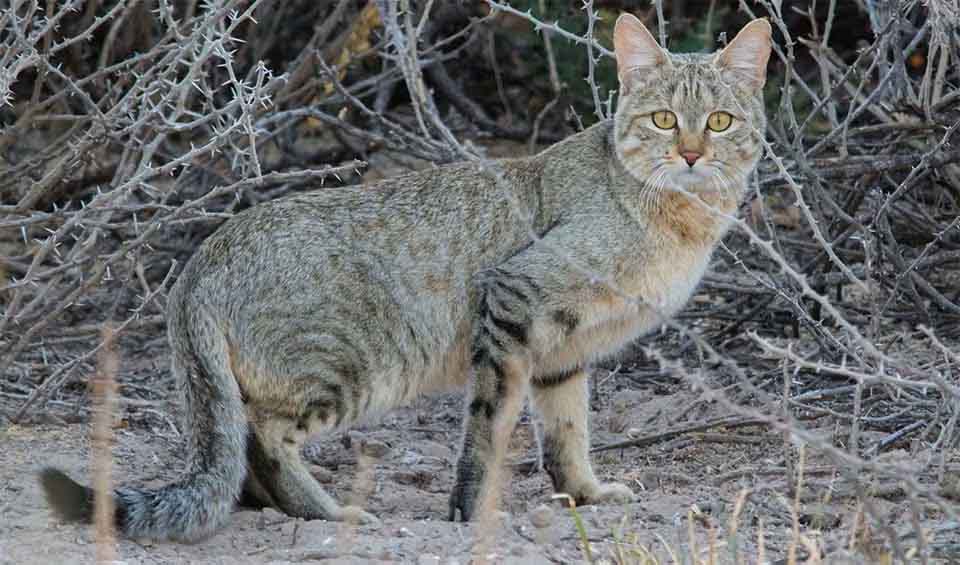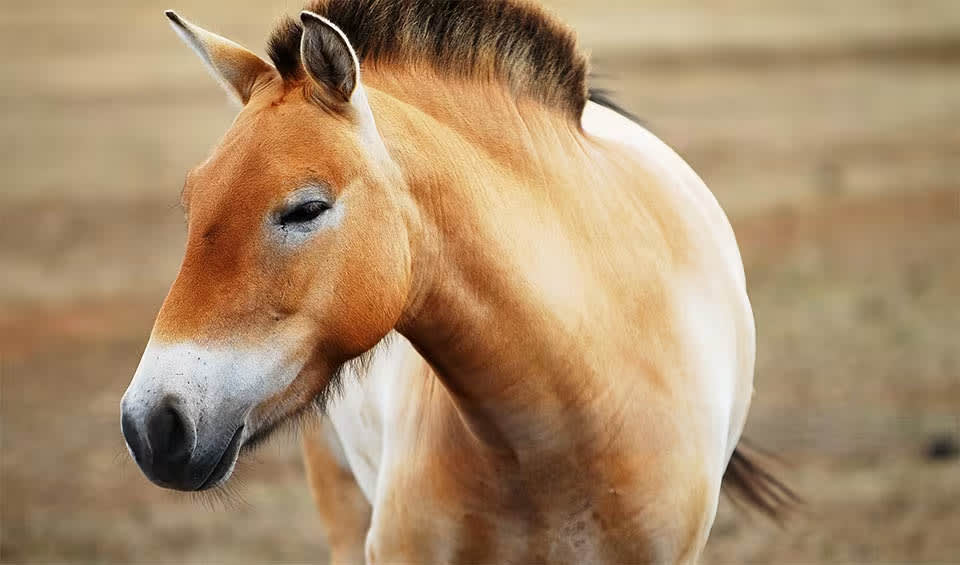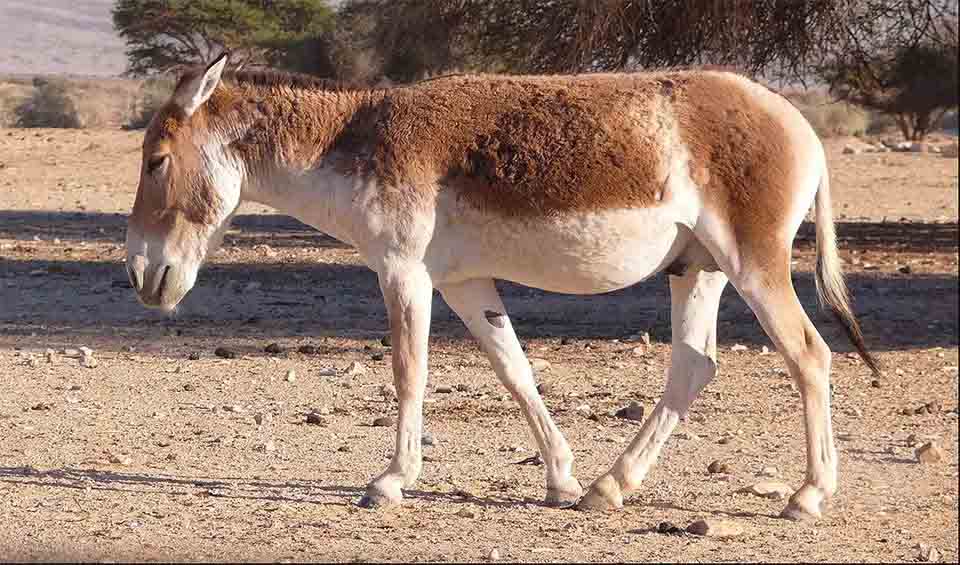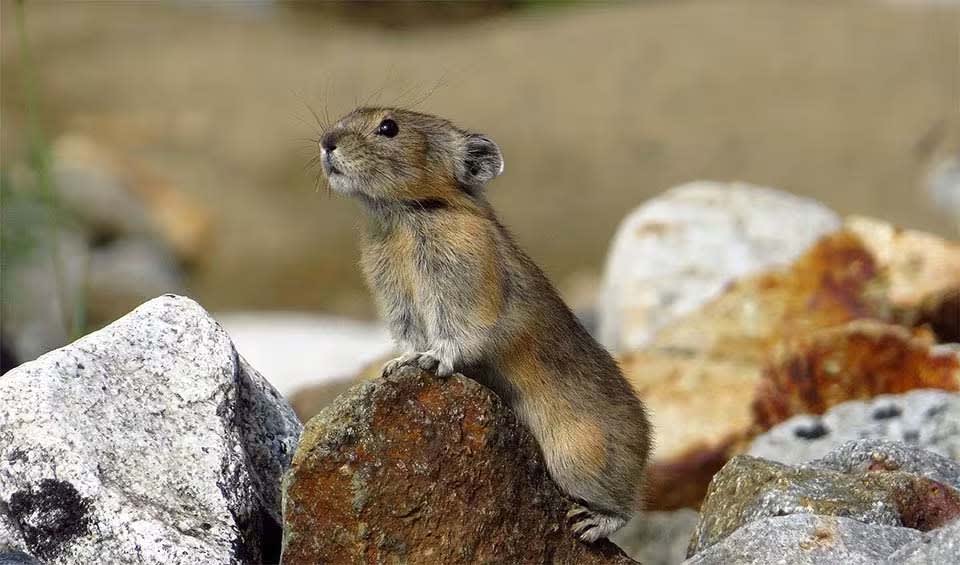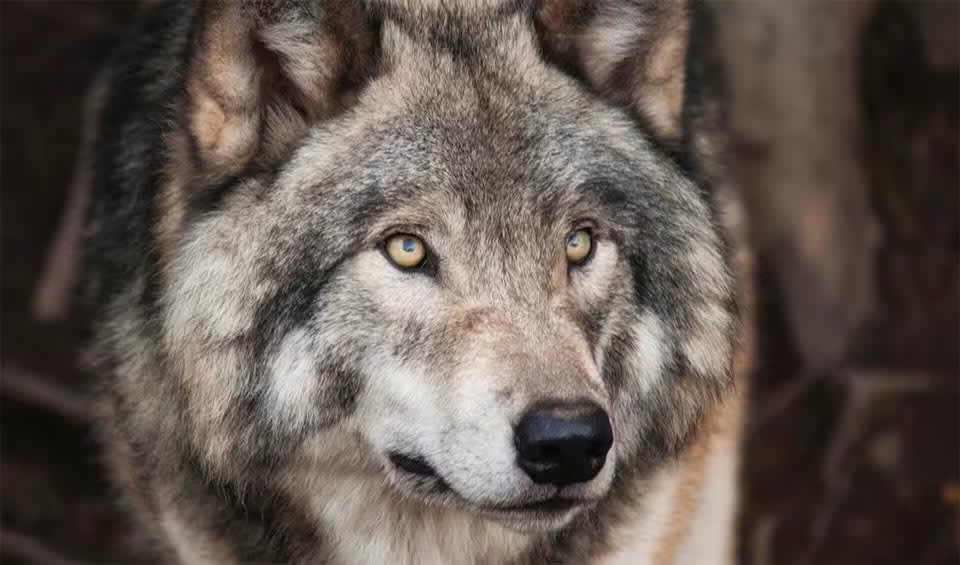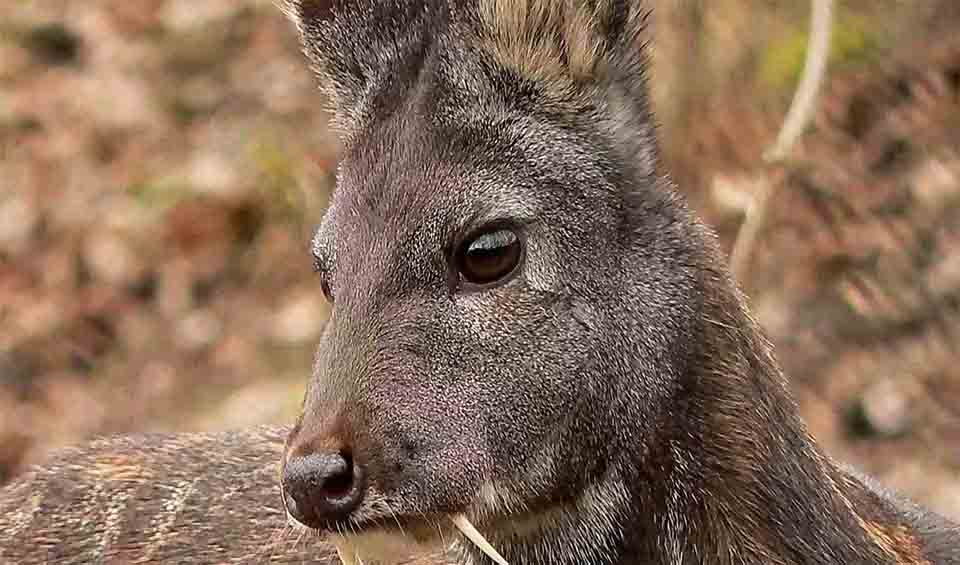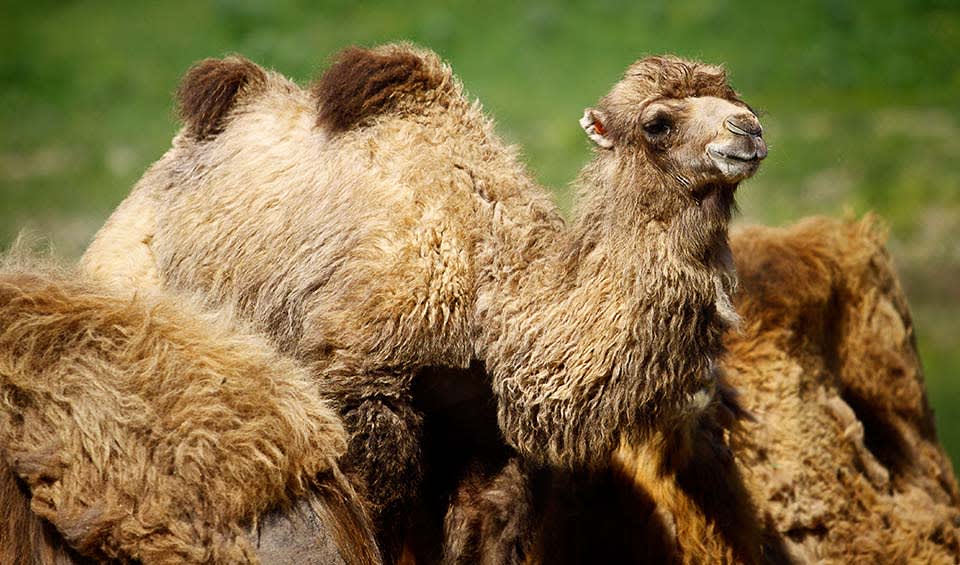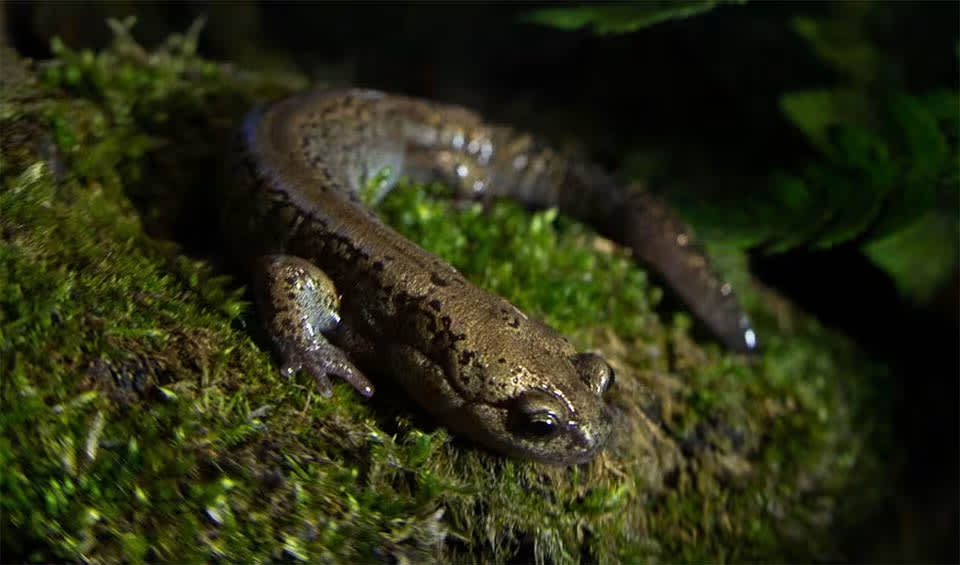Search for Mongolia
Daurian hedgehog
Don’t need open water sources—most of their hydration comes from the food they eat
Northern bat
One of the last bats to go into hibernation and one of the first to wake up
Long-eared owl
Its flight is nearly soundless, thanks to specially fringed wing feathers that disrupt air turbulence
Short-eared owl
Defies the usual “creature of the night” stereotype by thriving in open landscapes and often hunting boldly in daylight
Alpine pika
Often prefers herbs with medicinal properties, which may help preserve its haypiles from mold and rot
Dalmatian pelican
Has the largest wingspan of any pelican species, and among the very largest of any living bird
Sand martin
A bird that carries the rhythms of the seasons on its wings
Carrion crow
Observed using sticks as tools to extract insects from crevices—something once thought to be exclusive to primates
Rook
Known for their intelligence—can use tools, solve problems, and even recognize human faces
Booted eagle
Despite its small frame, this eagle can take prey almost as large as itself
Pallid harrier
Local birdwatchers sometimes call it the “silver ghost of the grasslands”
Hen harrier
Its name comes from its habit of preying on free-ranging domestic hens in medieval Europe—though such encounters are rare today
Pied harrier
Quietly appreciated by farmers because it helps control pest populations, especially rats and locusts, in agricultural areas
Ruff
Looks ordinary—but transforms into one of the most extravagant birds during breeding season
Halys pit viper
Its wide distribution has made it a bit of a “jack-of-all-trades” viper
Great gerbil
The largest of all gerbils—think “hamster on steroids”
Swan goose
A graceful wild bird of Asia’s wetlands and the ancestor of a beloved domestic breed
Brown rat
Can squeeze through shockingly small gaps if their head fits
Asian badger
Surprisingly clean, not what you think of when you picture a badger
Snowy owl
There is more to this species than its majestic coat of thick white feathers and piercing yellow eyes
Eurasian eagle-owl
These owls have specialized feathers that make their flight nearly silent
Ruddy shelduck
Has the body of a duck, neck of a goose, and voice of a goose having a bad day
Ruddy turnstone
They flip the script — literally!
European turtle dove
The only long-distance migratory dove in Europe
Wood pigeon
Timid by nature, often flying off at the slightest sign of danger
Tarbagan marmot
“Fat storage experts” — eating constantly to build reserves for hibernation
Black-crowned night heron
One of the most widespread and adaptable herons in the world
Long-eared hedgehog
One of the fastest runners among hedgehogs
Steppe eagle
The treasured bird of Saladin, the first Sultan of Egypt
Mongolian gazelle
Some of the fastest animals in Asia, capable of reaching speeds up to 60 km/h (37 mph)
Siberian ibex
An incredible climber — it can scale almost vertical cliffs and jump across wide gaps with ease
Argali
Known as the “Marco Polo sheep,” it was first described by the explorer during his Central Asia travels
Common ringed plover
This bird taps its feet to imitate rain to make the prey reach the surface
Siberian crane
One of the rarest and most critically endangered crane species in the world
Saker falcon
Their keen vision enables them to scan vast landscapes, identifying small movements or potential prey items even from high altitudes
Red-crowned crane
A symbol of immortality and peace in many Asian cultures
Little tern
Renowned for their spectacular aerial displays during courtship, including steep dives and intricate flight patterns
Common crane
The flocks of this social and gregarious bird are fond of migration, flying over the horizon and creating a V-shaped formation
Goosander
Its long, serrated beak, often called a “sawbill,” is perfectly adapted for catching slippery prey like fish
European starling
Brilliant mimics, they can copy bird calls and even human-made sounds like car alarms and ringing phones!
Lesser black-backed gull
A common sight in coastal regions throughout the Northern Hemisphere
Goitered gazelle
The “goiter” is a male feature
Sable
Often called the “shadow of the taiga” because of its elusive nature and swift movements in the forest
Black-necked grebe
Unlike many birds, their chicks can swim and dive just hours after hatching
Rock ptarmigan
A bird that can change its color to match its surroundings!
European goldfinch
Can hang upside down while feeding!
Muskrat
They’re kind of like big, furry rats but with a different shape
Red-rumped swallow
Amazing flyers — they can even drink water while they’re flying!
Common pochard
Can dive down to the bottom of a lake and rest there, safe from predators!
Eurasian skylark
They might not look like much, but they have an incredible talent: singing!
Long-eared jerboa
Its big ears help it hear bugs scuttling around in the sand, even when it’s dark
Great grey owl
One of the biggest owls in the world, but don’t let its size fool you – it’s actually quite light!
Mountain weasel
A lightning-fast hunter with a personality far larger than its size
Eastern imperial eagle
Its imperial imagery and fierce demeanor have made it a symbol of power and nobility throughout history
Goldcrest
A tiny bird, one of the smallest in fact!
Barn swallow
Most common and widely distributed swallow globally
Demoiselle crane
The smallest of all the crane species and is known for its elegance and grace
Northern lapwing
Very active and noisy, with a loud, piercing call that sounds like “pee-wit”
Ural owl
Known to be fiercely protective of their nesting sites and will aggressively defend their territory from intruders, including humans
Common nightingale
Often called the “singer of the night,” it produces a complex and beautiful melody that has captivated people for centuries
Moor frog
Male undergo a striking transformation during a short breeding window, displaying a vibrant blue color
Mute swan
Known for their graceful movements and the distinctive “S” shape of their neck
Mountain hare
Can switch from winter white to summer grey – truly a nature’s savvy survivors!
Tolai hare
One of the few hare species that can survive comfortably in desert regions, including the Gobi Desert
Whooper swan
Very loyal partners! Once they find a mate, they usually stay together for life
Grass snake
One of the most common reptile of the European wetlands
White-headed duck
Their stiff, upright tail feathers aid them in swimming and diving
Water buffalo
The “living tractors of the East”—vital in traditional agriculture, particularly in Asia
White-throated dipper
Can walk along the riverbed using its wings to stabilize itself against the current
Common pheasant
One of the most hunted, widespread, ancient, and well-known game birds
Koi carp
Not just a pond fish but a cultural icon, especially in Japan where they are most famously cultivated
Mandarin duck
Revered in many cultures for their beauty, grace, and symbolism of love and fidelity
Little egret
During breeding, they transform with elegant white plumage, adorned by decorative plumes on the head, neck, and back
Eurasian blackcap
The males, in particular, produce a rich and intricate song that contributes to their charm
Common redstart
They consistently display a restless demeanor and exhibit a distinctive, tail-trembling behavior
White wagtail
Holds cultural symbolism in some societies, representing good luck
Eurasian kestrel
Adaptable raptor known for its hovering hunting technique and striking appearance
European stonechat
Recognizable by their distinctive and familiar call, resembling the noise of small pebbles colliding, creating a “tak tak” sound
Saiga antelope
Nature’s masterpiece, with a snout that steals the spotlight
Woolly rhinoceros
Remembering the ice age giant: exploring the world of the woolly rhinoceros, a prehistoric colossus that braved the frozen frontiers of the past
Eurasian beaver
The furry flat-tailed mammal that builds its own aquatic empire
Corsac fox
A sly, sandy-furred survivor of Central Asian grasslands, threatened by human activity but fiercely protected by conservationists
Red fox
Ladies and gentlemen, please welcome the world’s most widely distributed carnivore!
Common kingfisher
Possessed with special visual adaptations to catch fish
Eurasian otter
Fiercely territorial, marking their territory with scent to communicate with other otters
European water vole
They are excellent swimmers and can hold their breath for up to 30 seconds underwater
Brown bear
The second largest bear, right after the polar bear. Sadly, it well might top the list soon
Snow leopard
The vanishing big cat of the cold, rugged Himalaya mountains is being executed by the humans
Least weasel
The smallest carnivorous predator in the world and so have limited fat stores and need to eat more than 50% of the body weight
Steppe polecat
Widely distributed in Europe and Asia and tolerant to habitat modification
Stoat
A small, fierce predator known for its agility, hunting skills, and color-changing fur
Great cormorant
Due to their adaptability and willingness to migrate to more favorable habitats, great cormorants are found worldwide
Little owl
Aptly named after the goddesses of wisdom and war, little owls have lived alongside human civilizations since 500 BC
Little grebe
This cute and small bird is one of the most elite hunters below the water’s surface
Greater flamingo
The iconic and elegant bird with a curved pink bill is known for turning heads
Eurasian spoonbill
This bird is unmistakable for its namesake, spoon-shaped bill
Gray heron
Exhibit powerful flight, with distinctive slow wing beats and an extended neck, defining features during their aerial movements
Great tit
The songbird that occasionally eats bats
House sparrow
The most widely dispersed wild bird
Eurasian coot
Like those bulging red eyes weren’t scary enough, they eat their innocent chicks when hungry
Common moorhen
Living around smelly brackish marshes is unthinkable, but these birds love their isolated habitat or don’t have a sense of smell
Willow ptarmigan
Most common of the Galliformes in the wild habituating subarctic Tundra can tolerate brutally cold winters
Chukar partridge
The national bird of Pakistan and Iraq is known to improve degraded ecosystems by aiding in the dispersal and germination of seeds
Merlin
The pocket-sized falcon with an eagle’s attitude
Peregrine falcon
At the speed of over 321 km/h (200 mph), this bird outraces a Formula1 car
Black stork
The stork with the widest geographic range
Pied avocet
One of the very few birds with an upturned bill
Black-winged stilt
Elegant long-legged wader, common almost worldwide
Common tern
This bird holds the record of the longest distance flown by any bird in recorded history
Black-tailed godwit
The most elegant of all godwit species
Common swift
These enthusiastic travelers can be seen almost worldwide in different seasons
Eurasian hoopoe
Dependable wings and a muscular build. Nope, we aren’t talking about the next Redbull ad campaign
Bar-headed goose
These hardy birds are capable of flying at dizzying heights, where even helicopters can’t fly
Mallard
This invasive species is the ancestor to most of the modern ducks
Northern pintail
Have been recorded at altitudes over 16,000 feet during migration—almost as high as small airplanes!
Egyptian vulture
A highly intelligent species that is the world’s only tool-using vulture with a long migratory range
White-tailed eagle
Extinct and reintroduced – What’s the story behind these so-called ‘flying barn doors’?
Golden eagle
This majestic brown raptor is most widely distributed eagle species
Western marsh harrier
The yellow-eyed devil
Eurasian sparrowhawk
Better call the ambulance before the Sparrowhawk comes to devour all those who are injured
Short-toed snake eagle
A magnificent migratory bird with long, broad wings and a short tail that sings in the form of musical whistles
Bearded vulture
The only living creature that feeds on bone marrow from carcasses in high and inaccessible mountain areas
Cinereous vulture
Largest soaring vulture in the sky with extremely broad wings that assists an important role in nature as “clean-up” team
Osprey
One of only six land-birds with a cosmopolitan distribution habituating all continents except Antarctica
Himalayan vulture
Unlike most vultures with bald heads, it has a unique feature – a ruff of white feathers around its neck
Eurasian Griffon
Most social vultures with 12 distinct types of vocalization
African wildcat
The direct ancestor of the domestic cat—no wonder why they look so alike!
Przewalskis horse
The species that survived extinction in the wild!
Wild horse
One of the prehistoric horses, it is the true forefather of today’s horses
Onager
Two out of six subspecies were hunted to extinction: the European & Syrian wild ass
Northern pika
A sneaky animal as the males will steal hay collected by other pikas in their territories!
Pallas’s cat
‘Grumpiest cat on earth’ is well camouflaged, widespread, and adapted to cold climate
Marbled polecat
Delayed implantation enables them to time the birth for favorable conditions, such as when foods are abundant
Wolverine
Once wolverine was once observed defeating a polar bear
Eurasian lynx
Once widespread throughout most of Europe, by now extinct in most of Western and Central Europe
Dhole
Extinct in Europe and North America, probably due to landscape changes during the ice age, and currently can only be found in Asia
Common raccoon dog
Named after their superficial resemblance to the raccoon, however, they are not closely related to each other
Wolf
The howl of each wolf is different
Siberian musk deer
Male Siberian musk deer possess particularly long fangs, which it uses to fight and defend their territory
Reindeer/Caribou
Males drop their antlers before Christmas, but females keep their antlers until spring
Elk
Clashing with their antlers, the winner takes it all!
Moose
They are so tall, that they prefer to feed on higher shrubs and grass, as lowering their head to the ground can be difficult!
Wild boar
They have an elongated and elastic snout that can be used to dig out roots and bulbs
Bactrian camel
Most are domesticated; a few herds in the Gobi desert are though to be wild
Viviparous lizard
One of the few reptiles that can not only lay eggs but also give birth to live young
European adder
A venomous snake native to Britain and found all across Europe
Siberian salamander
They are known for their ability to “freeze up” when facing temperatures down to -45°C or -49°F
Eurasian cave lion
Roaming the frozen tundras of Europe and Asia, this mighty lion stood at the top of the food chain – a true king of the Ice Age


